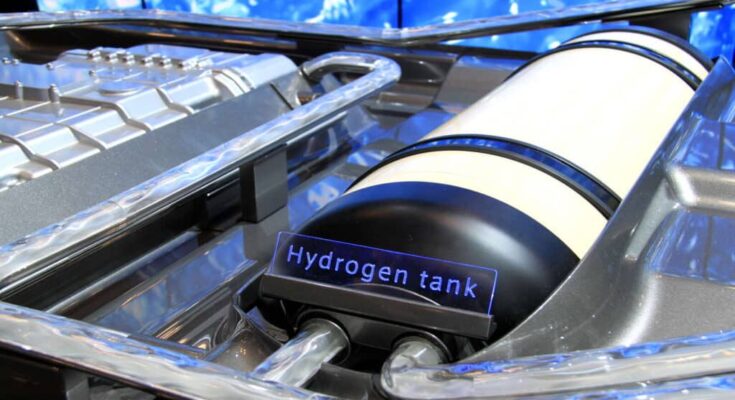
Scientists at the University of Toronto are using advanced computer technology to speed up discoveries in sustainable energy. Working with the Canadian Light Source at the University of Saskatchewan, they tested a new method created by AI which showed a better way to produce hydrogen fuel.
Green hydrogen is made by passing electricity, which comes from renewable sources, through water. This process splits water into oxygen and hydrogen gases. However, this method currently uses a lot of electricity, and the metals needed are both rare and costly.
Researchers are on the hunt for the right mix of metals, known as an alloy, that could make producing hydrogen fuel more efficient and less expensive. Traditionally, scientists would test different combinations in the lab, but with so many possibilities, this method takes too long.
Researchers from @eceuoft @UofT @CarnegieMellon used the CLS to confirm that an AI-generated “recipe” for a new catalyst offers a more efficient way to make hydrogen fuel. #AI #catalysis #environment pic.twitter.com/tE4DrPKPtq
— CanadianLightSource (@CanLightSource) August 28, 2024
Jehad Abed, who was a PhD student at the University of Toronto during this project, explained that there are millions or even billions of possible metal combinations, and one of them might be the key. To speed up the search, Abed and his team created a computer program that helps narrow down the options much faster.
Their research was published in the Journal of the American Chemical Society. Abed worked under the supervision of Professor Edward Sargent and collaborated with scientists from Carnegie Mellon University.
Use of AI to identify the best catalyst for hydrogen fuel
The team developed an AI program that analyzed over 36,000 different metal oxide combinations. This program ran virtual tests to find which combination might work best as a catalyst for producing hydrogen fuel. After the AI identified the top candidate, Abed tested it in the lab to see if the program’s prediction was correct.
To further study the catalyst, the team used very bright X-rays from the Canadian Light Source (CLS). These X-rays helped them observe how the material’s atomic structure changed during the reaction when electricity was applied. The researchers also used similar tools at the Advanced Photon Source in Chicago to support their findings.
The alloy, made from a mix of ruthenium, chromium, and titanium in precise amounts, stood out as the best option according to Abed. He noted that the alloy suggested by the computer performed 20 times better in terms of stability and durability than the metal they had been using as a benchmark. It proved to be both long-lasting and efficient.
Although the AI program developed by Abed and his team shows great potential, the alloy still needs extensive testing to ensure it can perform well under real-world conditions.



